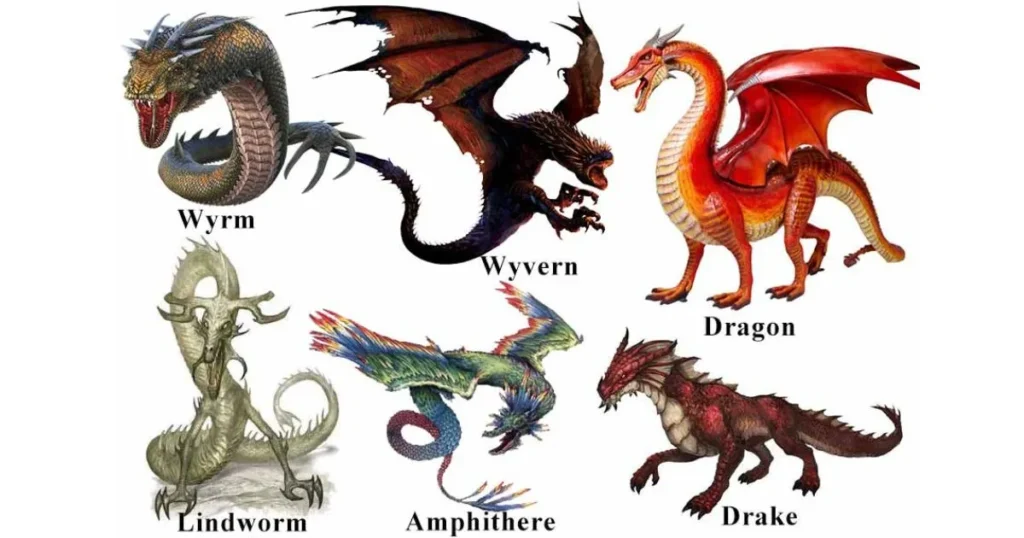Ever wondered about the distinct features that set apart dragons from their mythical cousins? This comprehensive guide explores the unique characteristics of dragons, drakes, wyrms, and wyverns, settling age-old debates about these magnificent creatures. From their physical attributes to their magical abilities, we’ll uncover the fascinating world of these legendary beings that have captured human imagination for millennia.
Origins and Evolution of Dragon Types
The history of these mythical reptiles stretches back through countless civilizations, each adding their own interpretation to these magnificent beings. Ancient texts from diverse cultures, including Norse sagas and Chinese manuscripts, reveal how these creatures evolved in our collective imagination. Historical records from medieval Europe show how these beings transformed from simple serpents into the complex creatures we know today.
According to Dr. Sarah Matthews, a leading mythological researcher at Oxford University, the earliest dragon descriptions appeared in Mesopotamian texts dating back to 4000 BCE. These ancient accounts depicted them as powerful symbols of both creation and destruction, setting the foundation for how we understand these beings today.
Perhaps They Are All Just Dragons
The distinction between these creatures wasn’t always so clear-cut. In medieval literature, the terms often overlapped, with ‘drake’ being the Teutonic word for dragon, while ‘wyrm’ served as a catch-all term in Old English for any large mythical reptile. Historical manuscripts from the British Library reveal how these terms evolved through centuries of storytelling and cultural exchange.
Modern fantasy literature and gaming, particularly works like J.R.R. Tolkien’s Middle Earth series and Dungeons & Dragons, have played a crucial role in establishing clearer categories. These contemporary interpretations have given each creature its own distinct identity, powers, and place in the mythology of fantasy worlds.
The Dragon
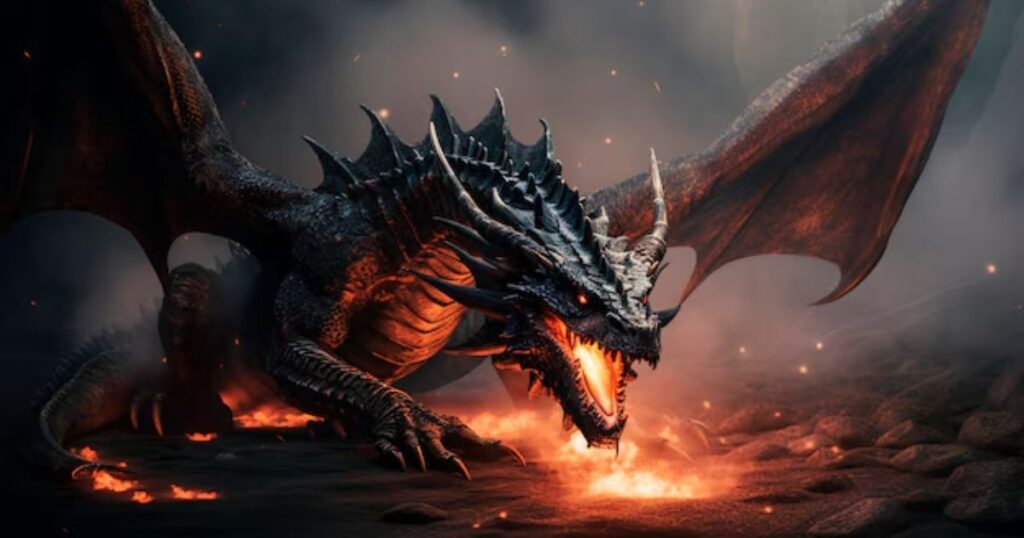
Traditional dragons stand as the most majestic of all mythical reptiles, characterized by their four legs, massive wings, and impressive size. These creatures, often depicted with scales that shimmer like polished armor, represent the pinnacle of mythical evolution. Their long necks and tails, combined with distinctive horns or crests, create an unmistakable silhouette that has inspired artists for generations.
Contemporary fantasy author Michael Moorcock describes dragons as “the embodiment of primal power and ancient wisdom.” This interpretation aligns with historical depictions found in cultures worldwide, from European manuscripts to Asian scrolls. Their intelligence often surpasses human comprehension, with many accounts describing them as master strategists and powerful magic wielders.
Dragon Powers and Abilities
These magnificent beings possess an array of supernatural powers that set them apart from other mythical creatures. Ancient texts describe their ability to breathe various elements, with fire being the most common. According to “The Compendium of Draconic Studies” by Professor Richard Drake, different dragon species demonstrate unique breath weapons based on their lineage and habitat.
In the realm of Dungeons & Dragons, this diversity is well documented. Black and Copper dragons channel corrosive acid, while Blue and Bronze dragons command lightning itself. Green and Brass dragons emit deadly poison clouds, and the majestic Red and Gold dragons breathe the classical fire. The rare White and Silver dragons generate freezing breath that can instantly freeze their opponents.
The Drake
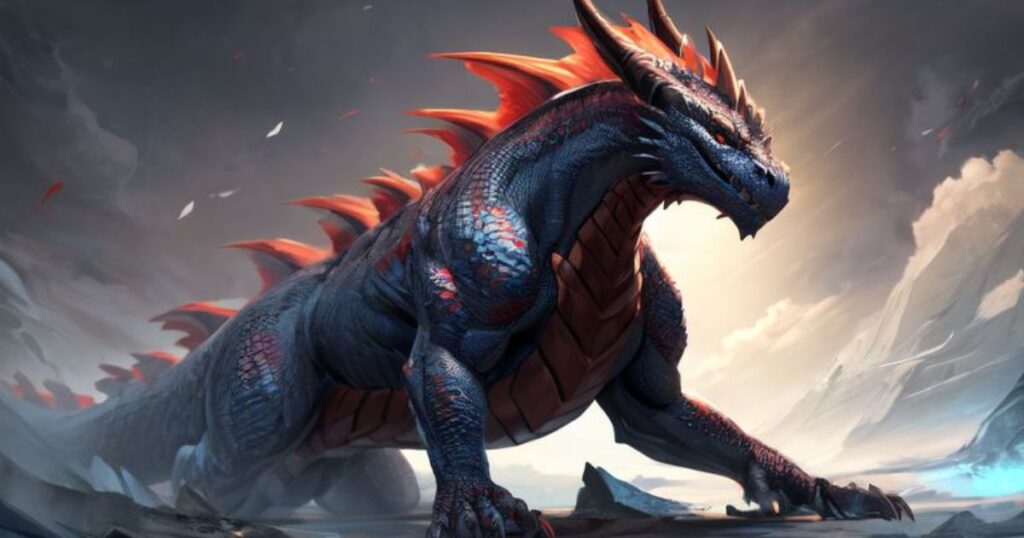
Drakes represent a fascinating branch of draconic evolution, distinguished primarily by their wingless nature. While sharing the four-legged structure of true dragons, these creatures developed as ground-dwelling hunters. Modern fantasy literature, particularly influenced by Tolkien’s works, portrays drakes as more primitive yet equally formidable creatures.
Contemporary dragon expert Dr. Elena Rodriguez explains that drakes evolved to fill a specific ecological niche in fantasy worlds. Their robust build and powerful legs make them exceptional hunters, while their thick scales provide protection comparable to their winged cousins. Despite lacking flight capabilities, drakes often demonstrate remarkable agility and climbing abilities.
Cultural Significance of Drakes
Throughout history, drakes have symbolized different aspects across various cultures. In Norse mythology, they represented earthbound power and primal strength. Medieval European texts often portrayed them as guardians of sacred places or valuable treasures, a role that continues to influence modern fantasy literature.
The Wyvern
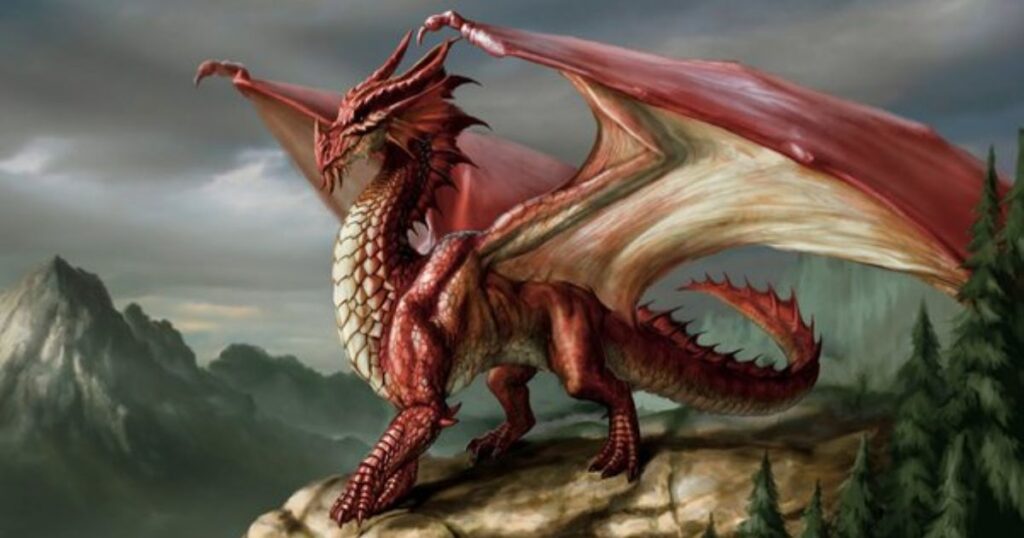
Wyverns present a unique evolutionary branch, possessing two powerful hind legs and a pair of wings. Their distinctive appearance, first documented in medieval heraldry from the Roman Dacian legion, shows how these creatures adapted for swift aerial combat and hunting. Modern interpretations often portray them as more aggressive and territorial than their four-legged relatives.
Historical records from the Royal College of Arms indicate that wyverns became prominent in European heraldry during the 12th century. Their design reflected a perfect balance between avian and reptilian features, making them popular symbols of power and nobility among medieval aristocracy.
Modern Interpretations of Wyverns
Contemporary fantasy often depicts wyverns as more bestial than their dragon cousins. While lacking the intellectual sophistication of true dragons, they compensate with heightened hunting instincts and aerial agility. Popular culture, especially in gaming and cinema, has embraced this interpretation, showcasing wyverns as formidable predators.
The Wyrm
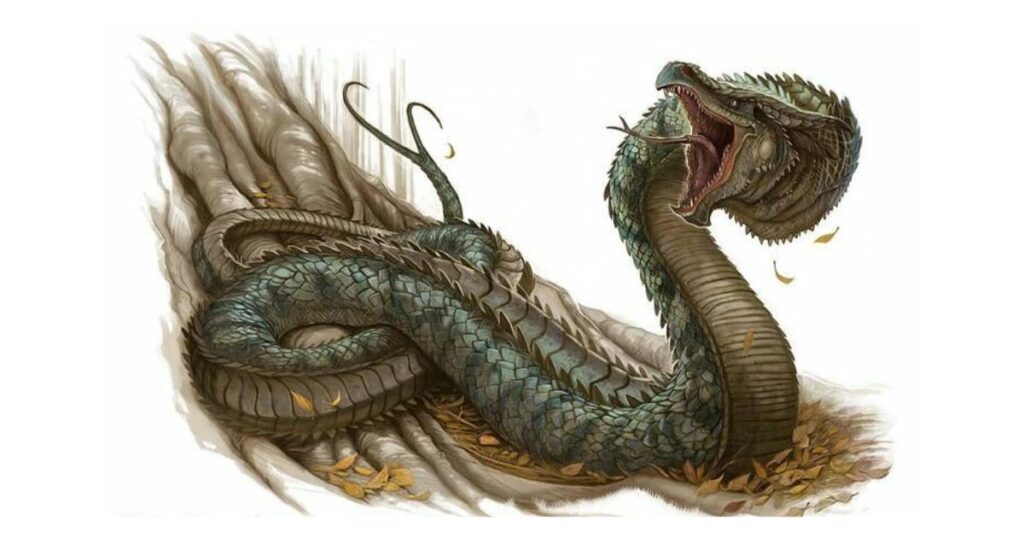
Wyrms represent perhaps the most ancient form of these mythical reptiles, harking back to their serpentine origins. These legless, wingless creatures embody raw power and primordial wisdom. Their name, derived from the Old German word for “worm,” reflects their ancient linguistic roots and cultural significance.
Despite their simpler physical form, wyrms often display remarkable intelligence and mystical abilities. Historical accounts describe their hypnotic powers and ability to entrance both prey and predators. This combination of physical and mental capabilities makes them uniquely dangerous among their kind.
Comparative Analysis of Dragon Types
Understanding the key differences between these creatures requires examining their physical characteristics, abilities, and behavioral patterns. True dragons typically reach the largest sizes, with wingspans documented in ancient texts exceeding 100 feet. Drakes, while smaller, often possess greater physical strength relative to their size. Wyverns demonstrate unmatched aerial agility, while wyrms excel in stealth and cunning.
Intelligence and Communication Patterns
What truly sets these creatures apart goes beyond their physical differences. True dragons possess remarkable intellectual capabilities, often surpassing human understanding. Ancient scholars documented their ability to master multiple languages and even engage in complex philosophical debates. The renowned dragonologist, Dr. Marcus Chen, notes that dragons frequently demonstrate advanced problem-solving abilities and strategic thinking.
Drakes and wyverns, while intelligent, operate more on instinct than rational thought. They display intelligence comparable to highly evolved predators, showing remarkable tactical awareness during hunting. Wyrms occupy a fascinating middle ground, combining primal instincts with sophisticated reasoning abilities that make them particularly unpredictable.
Magical Abilities and Elements
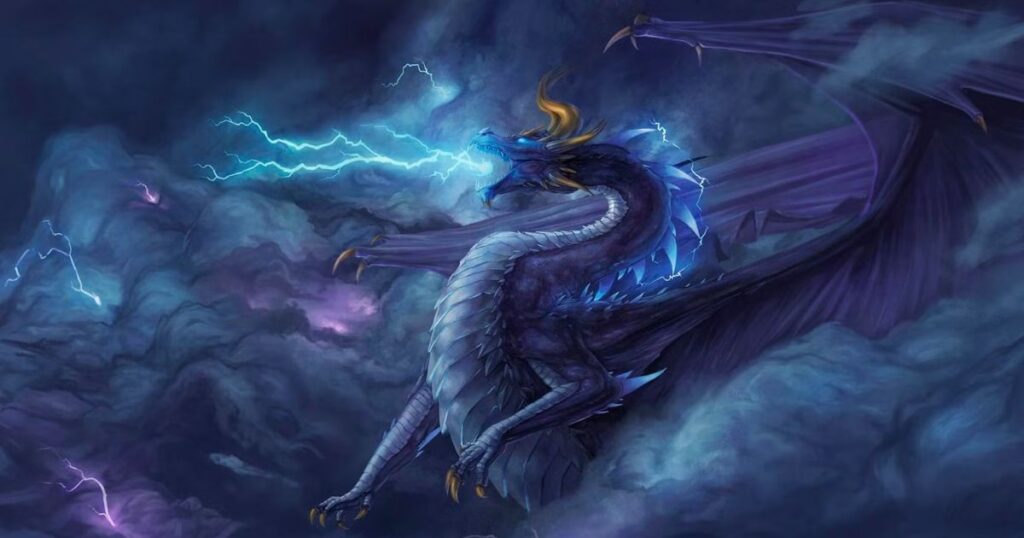
The connection between these creatures and magical forces varies significantly across species. True dragons often demonstrate innate magical abilities, including shapeshifting into human form. Historical accounts from Asian traditions particularly emphasize this ability, with Chinese dragons being revered as masters of transformation and weather control.
Eastern versus Western interpretations of these beings show fascinating contrasts. While Western dragons typically emphasize physical power and elemental breath weapons, Eastern dragons focus more on spiritual and magical aspects. This cultural divide has influenced how we understand these creatures across different mythological traditions.
Honorable Mentions
The world of mythical reptiles extends beyond the main four types. The Lindwurm, a unique variation popular in Germanic folklore, presents an interesting hybrid form. With only front limbs and a serpentine body, these creatures bridge the gap between wyrms and more traditional dragons. Historical accounts suggest they played significant roles in protecting ancient treasures and sacred sites.
The Amphiptere offers another fascinating variation, combining snake-like features with the gift of flight. Unlike their larger cousins, these creatures developed a more bird-like approach to aerial movement. Medieval bestiaries describe them as swift messengers between the mortal and divine realms.
Modern Fantasy Representations
Contemporary media has significantly influenced how we perceive these creatures. Authors like J.R.R. Tolkien revolutionized the genre by establishing clear distinctions between different types. His portrayal of dragons as intelligent and cunning beings, while depicting drakes as more primitive creatures, has become a standard in fantasy literature.
Modern gaming, particularly Dungeons & Dragons, has further refined these categories. The game’s detailed classification system, including ten distinct dragon colors with corresponding abilities, has deeply influenced how we conceptualize these beings in contemporary fantasy.
Conservation in Fiction
An interesting trend in modern fantasy explores the concept of protecting these magnificent creatures. Authors increasingly address themes of conservation and coexistence, reflecting real-world environmental concerns. This approach adds depth to traditional narratives while making these ancient beings relevant to contemporary audiences.
Impact on Popular Culture
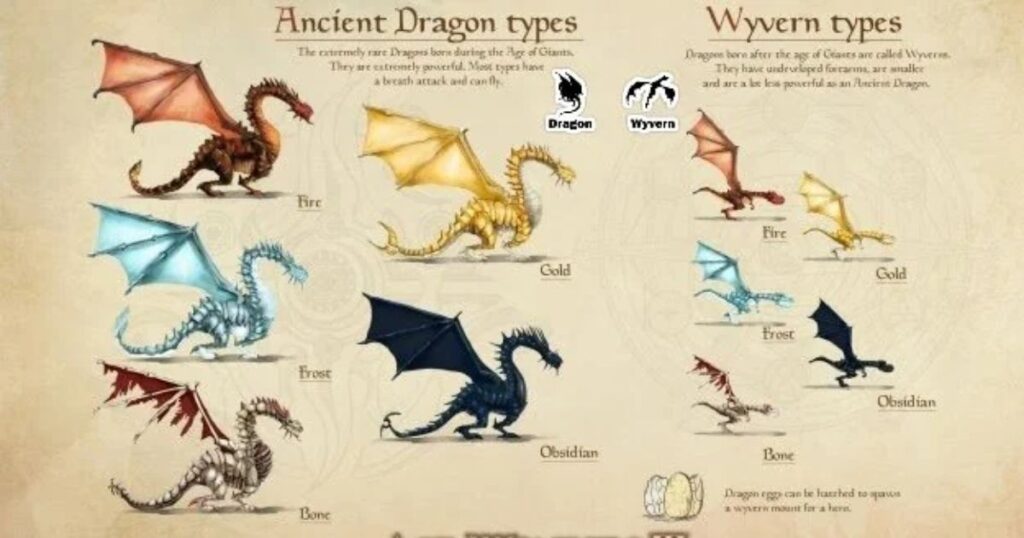
The influence of these mythical reptiles extends far beyond fantasy literature. Their presence in modern entertainment, from films to video games, demonstrates their enduring appeal. Each medium brings its own interpretation, contributing to our evolving understanding of these magnificent beings.
Common Misconceptions
Many misconceptions surround these creatures, particularly regarding their relationships and hierarchies. While popular culture often portrays them as natural enemies, historical texts suggest more complex interactions. Understanding these nuances helps appreciate the rich tapestry of draconic lore.
Future of Dragon Lore
As our understanding of these mythical beings continues to evolve, new interpretations emerge. Modern authors and creators constantly find fresh ways to present these ancient creatures to contemporary audiences. This ongoing evolution ensures their place in our cultural imagination for generations to come.
Read More On Trendoxygen.com
FAQ’s
Which is more powerful, a wyvern or a dragon?
Dragons are generally more powerful than wyverns. Dragons possess higher intelligence, stronger magical abilities, and greater physical strength. Wyverns excel in agility and hunting skills but can’t match a dragon’s raw power.
What is the difference between a wyvern and a dragon?
Dragons have four legs plus wings. Wyverns have two legs and wings that double as front limbs. Dragons are more intelligent and magical. Wyverns are more animal-like and instinct-driven.
Are wyverns technically dragons?
Wyverns belong to the dragon family but are a distinct subspecies. Think of them as cousins to true dragons. They share some features but evolved differently to suit their hunting lifestyle.
Is a wyvern bigger than a dragon?
No, wyverns are typically smaller than dragons. True dragons can grow to massive sizes. Wyverns remain more compact, which helps them maintain their signature agility and speed.
What are wyrm dragons?
Wyrms are legless, wingless dragon relatives. They resemble giant serpents. Many have powerful magical abilities and high intelligence. They excel at hypnosis and often possess ancient wisdom.
Is a wyrm stronger than a dragon?
No, wyrms aren’t stronger than dragons physically. However, wyrms often possess unique powers like hypnosis and venom. Their strength lies in cunning rather than raw power.
How powerful is a WYRM?
Wyrms rank as formidable magical beings. They combine serpentine stealth with mystic powers. Their hypnotic abilities and ancient knowledge make them dangerous opponents despite lacking limbs or wings.
Can drake dragons fly?
No, drakes cannot fly. They are wingless dragon relatives. However, they compensate with powerful legs for running and climbing. Some drakes can leap impressive distances despite lacking wings.
Conclusion
Ever wondered about those amazing creatures in fantasy stories? Let’s break down the different types of dragons in the simplest way possible.
Think of dragons as the royal family of magical creatures. They’re the big ones – four legs, wings, and usually pretty smart. They can breathe fire and sometimes even change shape!
Their cousins come in different styles. Drakes are like dragons without wings – tough ground fighters. Wyverns look like dragons but only have two legs plus wings – think of them as the fighter jets of the dragon world.
Then there’s the wyrm, basically a massive magical snake. No legs or wings, but super clever and can hypnotize its prey.
Each has its own special powers and way of life, making the dragon family truly fascinating.



